Introduction
White hyacinth beans, scientifically known as Lablab purpureus and commonly referred to as white kidney beans or Indian beans, are a legume celebrated for their mild, nutty flavor and remarkable versatility in the kitchen. Native to regions across Asia, Africa, and the Mediterranean, these creamy-white beans have become a staple in global cuisines, prized for their ability to adapt to diverse cooking methods and flavor profiles. Beyond their culinary appeal, white hyacinth beans are a nutritional powerhouse, packed with plant-based protein, dietary fiber, and essential minerals like iron and magnesium. This article explores the myriad ways to prepare, cook, and enjoy white hyacinth beans, from simple boiling techniques to elaborate recipes that showcase their unique texture and taste. Whether you’re a seasoned chef or a novice cook, this guide will equip you with the knowledge to transform this humble legume into a star ingredient.
Nutritional Profile and Health Benefits
Before diving into cooking methods, it’s essential to understand why white hyacinth beans deserve a place in your diet. A one-cup serving (approximately 170 grams) of cooked white hyacinth beans provides roughly 15 grams of protein, 13 grams of dietary fiber, and only 1 gram of fat. This makes them an excellent choice for vegetarians, vegans, and anyone seeking to reduce their meat consumption without sacrificing protein intake.
The beans are also rich in folate, a B-vitamin crucial for cell repair and DNA synthesis, and iron, which supports oxygen transport in the blood. Their high fiber content aids digestion, promotes satiety, and helps stabilize blood sugar levels—a boon for those managing diabetes or weight. Additionally, white hyacinth beans contain antioxidants like polyphenols, which combat oxidative stress and reduce inflammation.
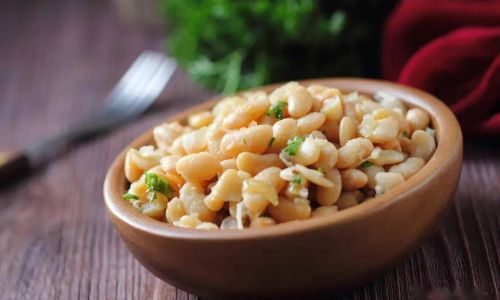
However, it’s important to note that raw or undercooked white hyacinth beans contain lectins, naturally occurring compounds that can cause gastrointestinal discomfort. Proper preparation—such as soaking and thorough cooking—neutralizes these lectins, ensuring the beans are safe and digestible.
Preparation: Soaking and Cooking Basics
To maximize flavor and reduce cooking time, white hyacinth beans require proper preparation. Begin by sorting through the dried beans to remove any debris, stones, or discolored specimens. Rinse them under cold water to eliminate dust or impurities.
Soaking Methods
Soaking softens the beans, shortens cooking time, and enhances nutrient absorption. Two primary methods exist:
- Overnight Soak: Place the beans in a large bowl, cover with twice their volume of water, and let them sit at room temperature for 8–12 hours.
- Quick Soak: Boil the beans in water for 2–3 minutes, then remove from heat, cover, and let them soak for 1 hour.
After soaking, drain and rinse the beans thoroughly. This step also helps eliminate oligosaccharides, sugars that can cause gas.
Cooking Techniques
White hyacinth beans can be cooked using various methods, each yielding slightly different textures:
- Stovetop Boiling: Add soaked beans to a pot with fresh water (or broth for added flavor). Bring to a boil, then reduce heat to a simmer. Cook until tender, typically 45–60 minutes.
- Pressure Cooking: Using an Instant Pot or stovetop pressure cooker, cook soaked beans for 15–20 minutes at high pressure. This method preserves nutrients and reduces cooking time significantly.
- Slow Cooking: Combine soaked beans with aromatic vegetables, herbs, and liquid in a slow cooker. Cook on low for 6–8 hours or high for 3–4 hours.
Cooked beans should be tender but not mushy. Overcooking can lead to a grainy texture, so test periodically by mashing a bean against the pot’s side.
Culinary Applications: From Soups to Desserts
The mild, buttery taste of white hyacinth beans makes them a canvas for endless flavor combinations. Below are popular ways to incorporate them into your meals:
Soups and Stews
White hyacinth beans are a cornerstone of hearty soups and stews. In Mediterranean cuisine, they feature prominently in fasolada, a Greek bean soup flavored with tomatoes, carrots, and celery. For a Tuscan-inspired dish, simmer beans with rosemary, garlic, and kale, then finish with a drizzle of olive oil. In Indian cooking, they’re often added to rajma, a spiced kidney bean curry, though white hyacinth beans offer a creamier alternative.
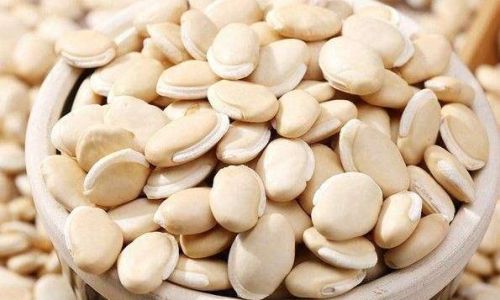
Recipe Idea: White Bean and Tomato Stew
- Ingredients: 2 cups cooked white beans, 1 onion (diced), 3 garlic cloves (minced), 1 can diced tomatoes, 1 tsp smoked paprika, 1 tbsp olive oil, 4 cups vegetable broth, salt, and pepper.
- Instructions: Sauté onion and garlic until translucent. Add paprika and tomatoes, simmer for 5 minutes. Stir in beans and broth, then cook on low heat for 20 minutes. Serve with crusty bread.
Salads and Cold Dishes
Cooked white hyacinth beans add protein and substance to salads. Toss them with cherry tomatoes, cucumbers, red onions, and a lemon-tahini dressing for a refreshing Mediterranean salad. For a warm salad, roast the beans with sweet potatoes and Brussels sprouts, then drizzle with balsamic glaze.
Recipe Idea: White Bean and Herb Salad
- Ingredients: 1.5 cups cooked beans, ½ cup chopped parsley, ¼ cup mint leaves, 1 tbsp capers, 2 tbsp red wine vinegar, 3 tbsp olive oil, salt, and pepper.
- Instructions: Combine all ingredients in a bowl. Let marinate for 30 minutes before serving.
Dips and Spreads
Mashed white hyacinth beans create a creamy base for dips similar to hummus. Blend cooked beans with garlic, lemon juice, tahini, and olive oil for a silky spread. Serve with pita chips or fresh vegetables.
Recipe Idea: Roasted Garlic White Bean Dip
- Ingredients: 1.5 cups cooked beans, 1 head roasted garlic, 2 tbsp lemon juice, 3 tbsp olive oil, ¼ tsp cumin, salt.
- Instructions: Squeeze roasted garlic into a food processor. Add remaining ingredients and blend until smooth. Adjust seasoning to taste.
Baked Dishes and Casseroles
White hyacinth beans hold their shape well when baked, making them ideal for gratins and casseroles. Layer them with sautéed spinach, caramelized onions, and a béchamel sauce, then bake until golden.
Recipe Idea: White Bean Gratin
- Ingredients: 2 cups cooked beans, 1 cup sautéed spinach, 1 onion (caramelized), 1 cup béchamel sauce, ½ cup breadcrumbs, ¼ cup Parmesan.
- Instructions: Layer beans, spinach, and onions in a baking dish. Top with béchamel, breadcrumbs, and cheese. Bake at 375°F (190°C) for 25 minutes.
Stuffed Vegetables and Wraps
Mash cooked beans with spices and use as a filling for peppers, zucchini, or tortillas. For a vegan twist, stuff tacos with beans, avocado, and salsa.
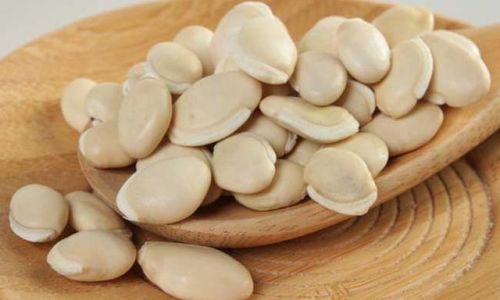
Desserts
Less common but equally delicious, white hyacinth beans can be transformed into sweets. In some Asian cultures, they’re used in pastries and puddings. For a modern take, blend cooked beans with coconut milk, sugar, and cardamom, then chill for a creamy mousse.
Canned vs. Dried Beans: Pros and Cons
While dried beans offer superior texture and cost-effectiveness, canned white hyacinth beans provide convenience. Rinse canned beans thoroughly to reduce sodium content. However, dried beans are preferable for recipes requiring long cooking times, as they absorb flavors better.
Storing and Preserving
- Dried Beans: Store in an airtight container in a cool, dark place for up to one year.
- Cooked Beans: Freeze portions in broth for up to six months. Thaw overnight before reheating.
Cultural Significance and Sustainability
White hyacinth beans have deep roots in agricultural history, prized for their drought resistance and ability to fix nitrogen in soil, enriching it for other crops. In regions like India and Africa, they remain a vital protein source for rural communities. Their low environmental impact makes them a sustainable choice for eco-conscious eaters.
Conclusion
White hyacinth beans are a testament to the adage that simplicity often yields the greatest versatility. From humble stews to elegant dips, their mild flavor and creamy texture make them a kitchen essential. By mastering preparation techniques and exploring global recipes, you can elevate this legume into a culinary star. Whether you’re seeking a nutrient-packed meal or a creative canvas for experimentation, white hyacinth beans deliver—one delicious bite at a time.

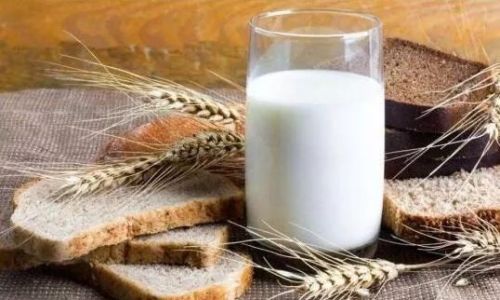

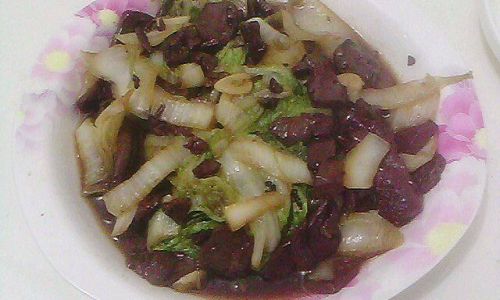
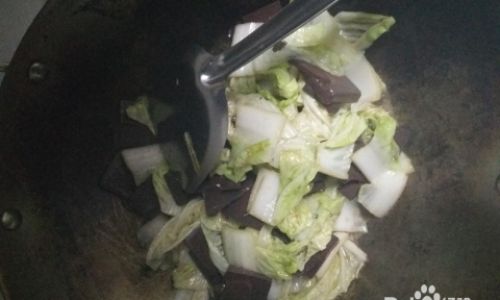
0 comments